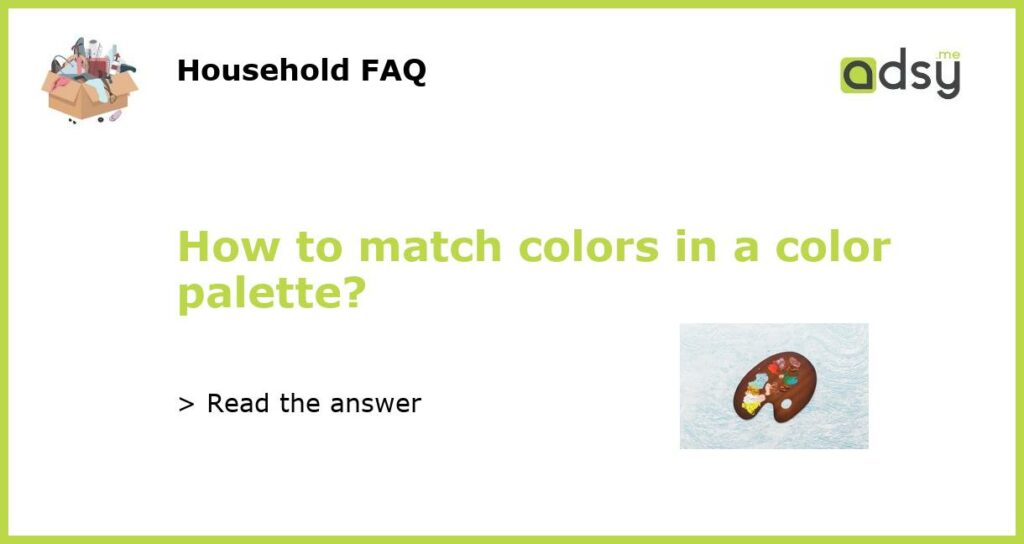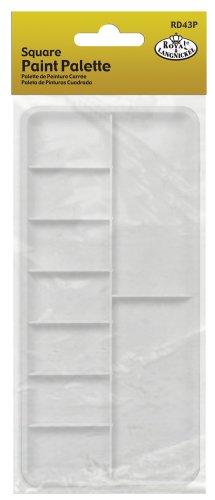Understanding Color Theory
Color theory is the study of how colors interact with each other. When creating a color palette, it’s important to have a basic understanding of color theory to ensure that the colors you choose work well together. There are three main aspects of color theory that you should consider when matching colors in a palette: hue, saturation, and value.
Choosing a Dominant Color
The first step in creating a color palette is to choose a dominant color. This color will be the main color in your design and will set the tone for the rest of the palette. When selecting a dominant color, consider the mood or feeling you want to convey. Warm colors like red and orange can create a sense of energy and excitement, while cool colors like blue and green can evoke a feeling of calm and serenity.
Creating Color Harmony
Once you have chosen a dominant color, the next step is to create color harmony by selecting complementary or analogous colors. Complementary colors are colors that are opposite each other on the color wheel, such as blue and orange. Using complementary colors can create a bold and vibrant color palette. Analogous colors, on the other hand, are colors that are next to each other on the color wheel, such as yellow and green. Analogous color palettes are more subtle and harmonious.
Considering Saturation and Value
In addition to hue, it’s also important to consider the saturation and value of the colors in your palette. Saturation refers to the intensity or purity of a color, while value refers to the lightness or darkness of a color. When choosing colors for your palette, try to vary the saturation and value to create visual interest. Mixing bright, saturated colors with muted, desaturated colors can create a balanced and dynamic color palette.
Using Online Color Tools
If you’re struggling to match colors in a color palette, there are plenty of online color tools that can help. These tools allow you to select a starting color and generate complementary, analogous, or monochromatic color schemes. Some popular color tools include Adobe Color, Coolors, and Color Hunt. These tools can save you time and effort by taking the guesswork out of color selection.






